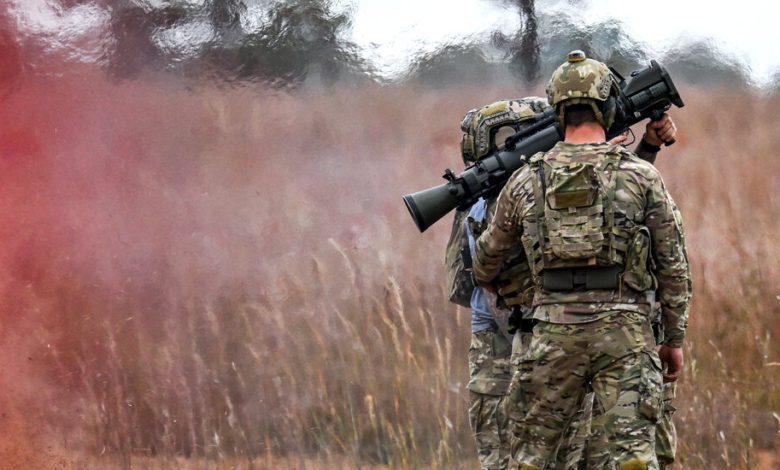Pentagon Starts Outreach Program on Blast Risks From Weapons Use

The Departments of Defense and Veterans Affairs have begun an aggressive outreach campaign in the wake of growing evidence of the potential health risks that troops face from exposure to blasts from their own weapons.
The government has reached out to thousands of veterans, notified veterans’ services offices in all 50 states about the potential injuries, and created a website for veterans and health care providers, with the latest research on blast exposure and a fact sheet on how to recognize the brain injuries that can result.
The moves came in response to reporting by The New York Times that detailed brain injuries that troops have experienced from intensive weapons fire.
In recent years, Congress has mandated the military to begin to study and track the potential risks from weapons blasts, and it has created an office to coordinate research and safety.
“Taking care of our people is a top priority for the department, and leaders are absolutely committed to the health and safety of our service members, which includes protecting them from unnecessary blast exposure impacts,” a Defense Department spokeswoman said in a statement.
The Times’s reporting, based on interviews with dozens of veterans who fired thousands of artillery rounds in the offensive against Islamic State fighters in Iraq and Syria in 2016 and 2017, found that the military had failed for years to recognize that troops were being harmed by blast exposure. It also showed that leaders had overlooked or ignored troops who came home with brain injuries, and in some cases had punished affected troops who could no longer meet standards and stripped them of veterans’ benefits.
After the findings were published, the Department of Veterans Affairs also took a number of actions. It alerted thousands of veterans who served during the offensive against the Islamic State that injuries from weapons blasts could be treated at veterans hospitals, and it reached out to several veterans who were cut off from benefits coverage.
One veteran, Andrew Johnson, a former Army sergeant in an artillery unit, came home from deployment consumed with confusion, depression and uncontrollable mood swings. He was misdiagnosed by the Army and became suicidal, then was forced out of the service for making inappropriate comments and shoving another soldier.
The other-than-honorable discharge he was given barred him from qualifying for help from Veterans Affairs. Unable to hold a job or get mental health care, he has been living in his car in Jackson, Miss., for nearly a year.
After The New York Times reported its findings, top leaders at Veterans Affairs reached out directly to soldiers and Marines who were featured in the article, including Mr. Johnson. In late November, his case was reconsidered, and his service found to be honorable by the department, clearing him for veterans’ health care and a disability pension. He was also approved for housing benefits.
“The Army led me to believe it was all my fault,” Mr. Johnson said in an interview Wednesday. “It’s hard, honest, I couldn’t figure out what was happening.”
Speaking from his car, where he still sleeps as he awaits approval from the department for an apartment he has found, Mr. Johnson often paused and lost his train of thought. “The being found honorable, maybe now I can get some therapy,” he said.
The Veterans Affairs Department’s under secretary for veterans’ benefits, Joshua Jacobs, said in an interview that it was important to find veterans like Mr. Johnson and get them the help they need.
“We are trying to get to yes to help our veterans, and we will use every tool in the toolbox to make that happen,” Mr. Jacobs said.




